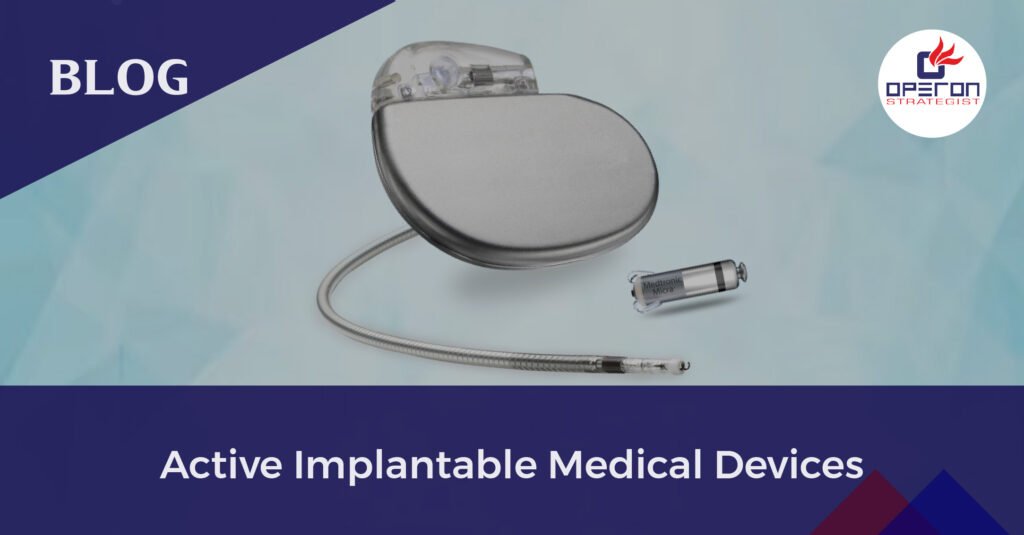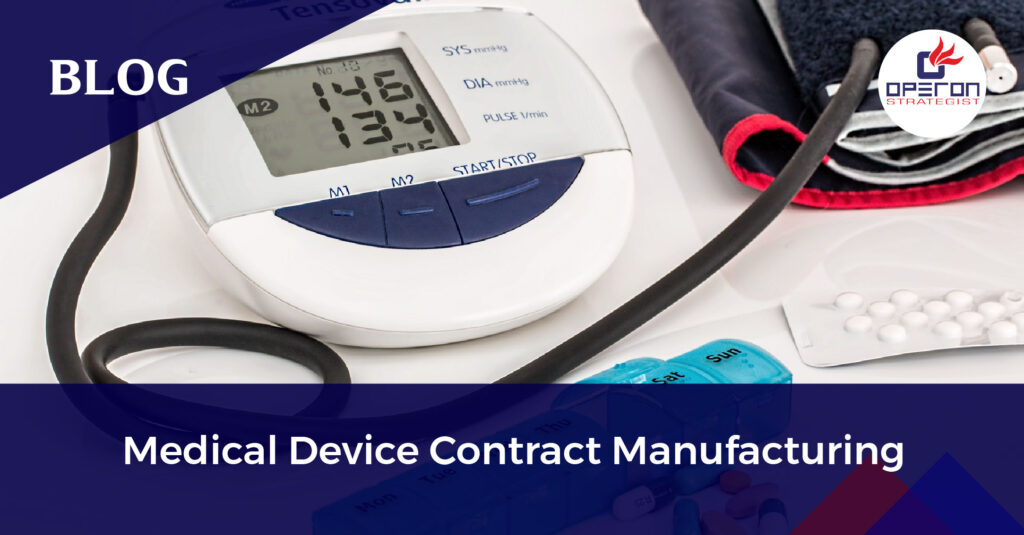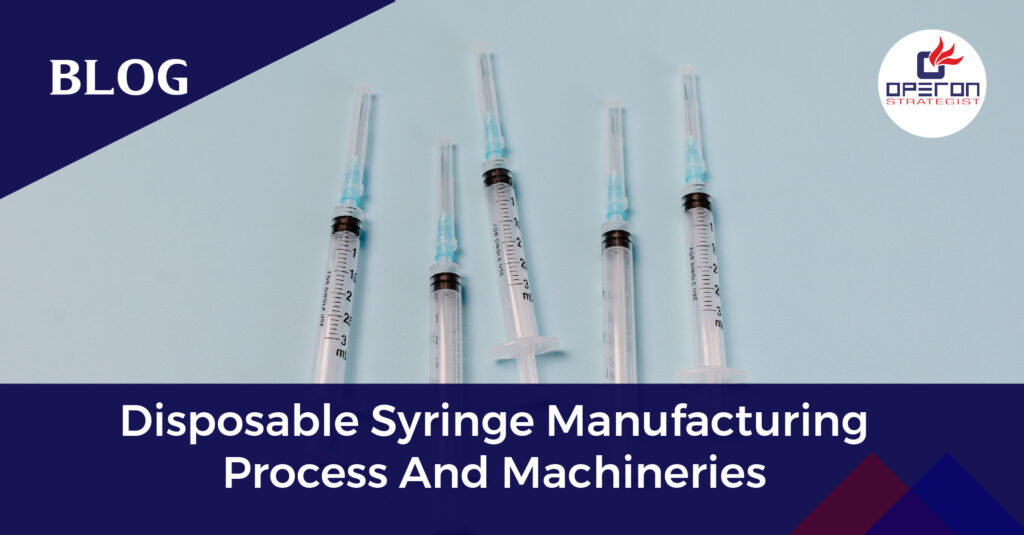What is an Active Implantable Medical Device (AIMD)?
An active implantable medical device (AIMD) is a type of medical device that is designed to be implanted into the body for a long period of time. It uses electrical energy or a power source other than what is generated by the human body to perform its intended functions. AIMDs can be used for diagnostic or therapeutic purposes. These devices undergo rigorous testing and meet strict standards to ensure patient safety. They are carefully regulated to ensure their reliability and compatibility with the body. AIMDs play a crucial role in improving medical treatments and enhancing patient well-being.
Looking for Medical Device Regulatory Consultant?
Let’s have a word about your project
Some Examples of Active Implantable Medical Devices(AIMDs) Includes
- Pacemakers.
- Blood pressure sensors.
- Cochlear implants.
Why are Active Implantable Medical Devices (AIMDs) Important for Healthcare?
Active implantable medical devices (AIMDs) play a crucial role in healthcare for several reasons. Firstly, AIMDs provide continuous monitoring, allowing healthcare professionals to observe specific body functions over an extended period. This continuous data collection provides more comprehensive information compared to single-point measurements during a doctor’s visit, enabling better diagnosis and management of conditions. AIMDs are particularly beneficial for detecting intermittent or sporadic conditions that may not be present during routine check-ups.
Secondly, AIMDs offer long-term therapeutic benefits. For instance, pacemakers are AIMDs that help regulate the heart’s rhythm, ensuring its proper functioning. These devices provide ongoing therapy, improving the quality of life for individuals with cardiac conditions and even saving lives. AIMDs designed for therapeutic purposes have a significant impact on patients, helping manage chronic conditions and enhancing overall healthcare outcomes.
In summary, AIMDs are essential in healthcare as they provide continuous monitoring for accurate diagnostics and deliver long-term therapeutic interventions. These devices enable doctors to detect and manage conditions more effectively, ensuring better patient care and improved quality of life.
Need More Clarity on Active Implantable Medical Devices?
Operon Strategist is here to assist you with your active implantable medical device (AIMD) needs. Whether you require regulatory guidance, manufacturing support, or assistance with the registration process, our team of experts is ready to help. Contact us today to learn more about how we can support your active implantable medical device projects.
FAQs:
What are the types of active implantable devices?
Types of active implantable devices include pacemakers, implantable defibrillators, and neurostimulators.
What is an example of an implantable device?
An example of an implantable device is an artificial joint, breast implant, contraceptive intra-uterine device (IUD), or hardware for bone, muscle, and joint fusion.
What are the implant devices called?
Implant devices designed to regulate or monitor heart rhythms are known as cardiac implantable electronic devices, including pacemakers, implantable cardioverter defibrillators (ICDs), biventricular pacemakers, and cardiac loop recorders.
What class is implantable medical devices?
Implantable medical devices are classified as Class III devices, encompassing those that sustain or support life, are surgically implanted, or present a potential unreasonable risk of illness or injury. Examples include pacemakers and implanted prosthetics.

-
Operon Strategisthttps://operonstrategist.com/author/snehal/
-
Operon Strategisthttps://operonstrategist.com/author/snehal/
-
Operon Strategisthttps://operonstrategist.com/author/snehal/
-
Operon Strategisthttps://operonstrategist.com/author/snehal/




